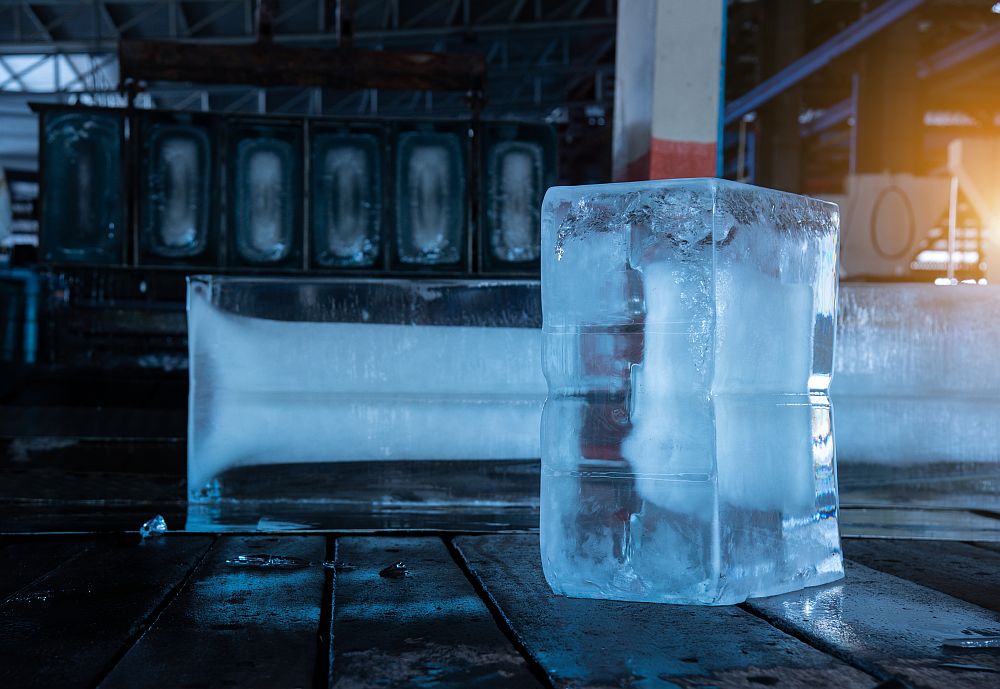
[Image above] These CT scans showing the formation of microcracks in ceramic composites under applied tensile loads at 1,750 degrees Celsius were obtained at Berkeley Lab’s Advanced Light Source using a unique mechanical testing rig. Credit: Ritchie; LBNL.
“Failure is not an option” applies to ultrahigh temperature ceramics and ceramic composites for extreme environments. UHTC materials are expected to see service temperatures upwards of 1,500°C for applications that include hypersonic aircraft, scramjet engines, rocket propulsion systems, atmospheric reentry and next-generation gas turbine engines.
While failure may not be an “option,” it is always a possibility, and engineers developing these materials are challenged with testing them at temperatures high enough to generate meaningful data, especially with regard to mechanical properties. Data are critical to validating and tweaking the models used predict the materials’ performance and, ultimately, their safety.
Designing experiments that can test UHTC materials under load and at very high temperatures is itself an engineering challenge. Issues include designing furnaces that can reach test temperatures, fixture materials, accurate temperature measurement, controlling atmospheres and more.
A group at Berkeley Lab published a new paper in Nature Materials (pdf) on their work use of in-situ X-ray computed microtomography (CT scanning) of UHTC silicon carbide fiber-silicon carbide matrix composites that are subject to tensile loads at temperatures up to 1,750°C. The technique produces 3D images of microcracks in solid objects with a resolution of about one micron. The technique itself is nondestructive, so the observed damage comes only from the effects of load and temperature.
The group turned to in-situ CT scanning as a way to study better understand the risk of failure in extreme service conditions. In a press release, corresponding author of the study and ACerS Fellow Rob Ritchie says, “Complexity in composition brings complexity in safe use. For ceramic composites in ultrahigh temperature applications, especially where corrosive species in the environment must be kept out of the material, relatively small cracks, on the order of a single micron, can be unacceptable.”
Key to evaluating risk of failure is understanding the mechanisms of crack formation and growth. As the authors say the paper, “Measurements made a high temperature are the only faithful source of the details of failure.” The paper further explains, “Exactly how microcracks are restrained by such a tailored microstructure becomes the central question for the materials scientist, who seeks to find the optimal composition or architecture, and the design engineer, who must predict the failure envelope.”
The group tested two composite configurations: a single-tow SiC fiber-fiber matrix composite and a textile-type carbon fiber-SiC matrix composite. Samples were tested at 1,750°C at tensile load starting at 10 newtons and ranging until failure (which was, in one case, 127 newtons) The paper reports that the 3D images “reveal a wealth of information” on the interior failure mechanisms of the two composite configurations they tested, including the locations of the failure of individual fibers, the load a failure, the extent to which fibers relaxed after breaking, the opening displacement of matrix cracks and the 3D surface morphology of surface matrix cracks.
While nobody disputes that 1,750°C is a very high temperature, there are some materials that are expected to be used at even higher temperatures. For example, refractory metal borides like ZrB2 and HfB2 are candidates for the leading edges of hypersonic vehicles and service temperatures of more than 2,000°C are expected. Collecting realistic mechanical test property data at these temperatures is not an off-the-shelf capability.
In the January/February issue of the Bulletin includes a case study by a group at the Missouri University of Science and Technology under the guidance of professors Bill Fahrenholtz and Greg Hilmas on how they designed and built a system for testing mechanical properties of UHTCs at temperatures up to 2,600°C. To get the desired furnace temperatures, they turned to induction heating. This choice led to some electrical isolation and atmosphere control challenges. The system has been successfully validated for bend testing of ZrB2 and ZrB2–30SiC composites. Be sure to read it when the Bulletin arrives in your mailbox in late December.
Don’t get the Bulletin? You can by becoming a member! The Jan/Feb 2013 Bulletin will also be available online until late February 2013.
The Berkeley team’s paper is “Real-time quantitative imaging of failure events in materials under load at temperatures above 1,600°C” by H.A. Bale, A. Haboub, A.A. MacDowell, J.R. Nasiatka, D.Y. Parkinson, B.N. Cox, D.B. Marshall and R.O. Ritchie, Nature Materials (doi:10.1038/NMAT3497).
Author
Eileen De Guire
CTT Categories
- Basic Science
- Modeling & Simulation
- Thermal management


